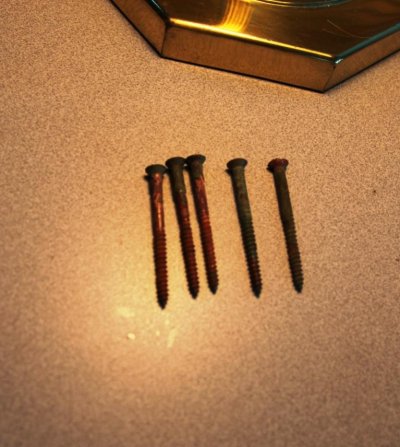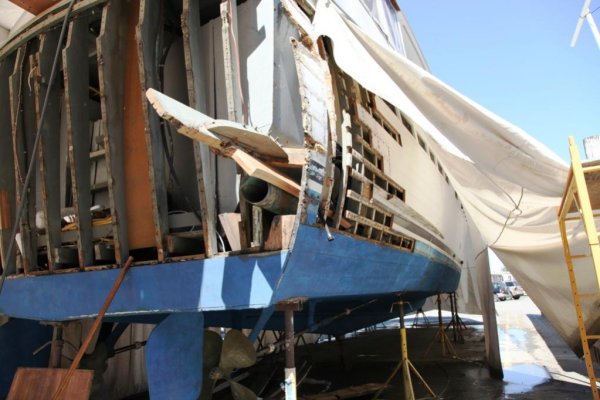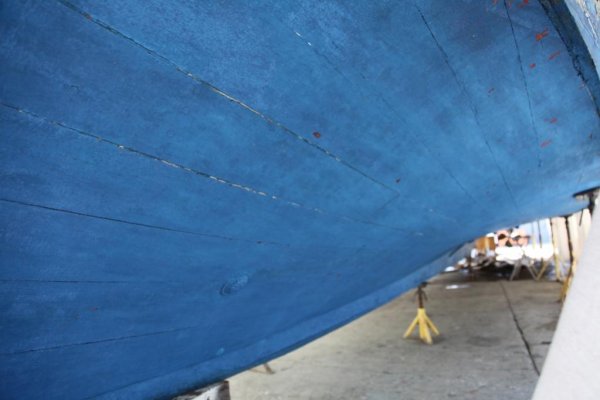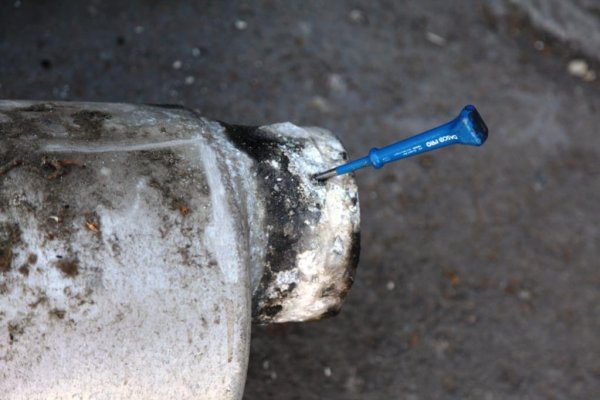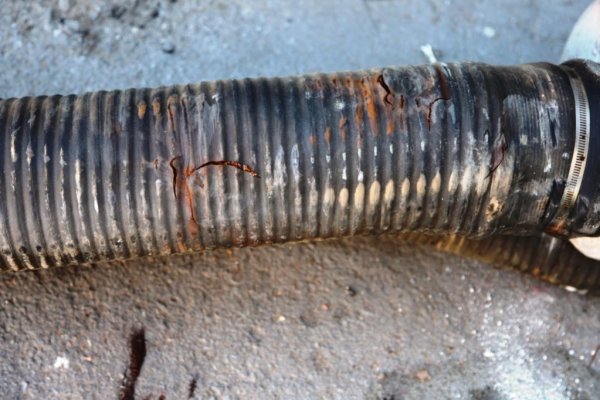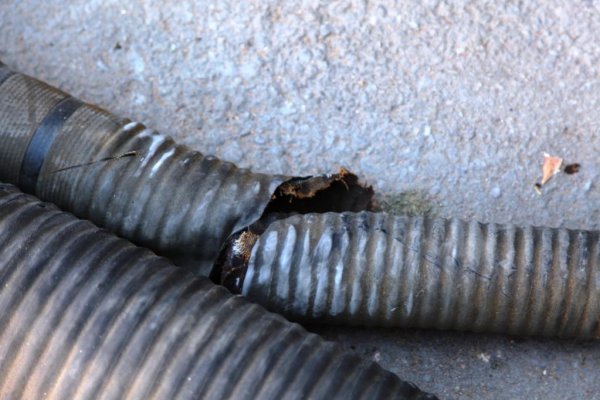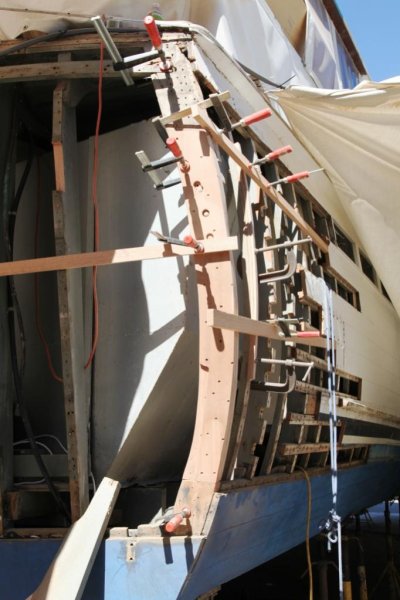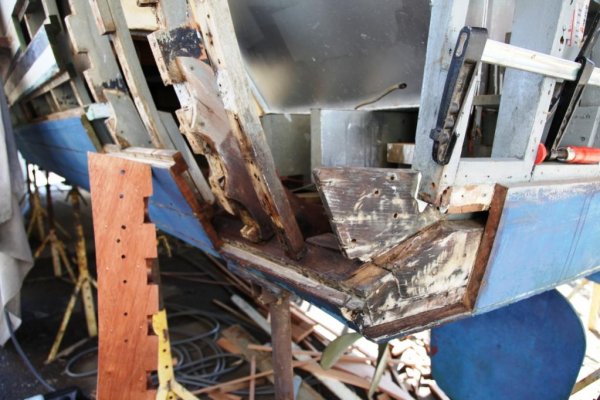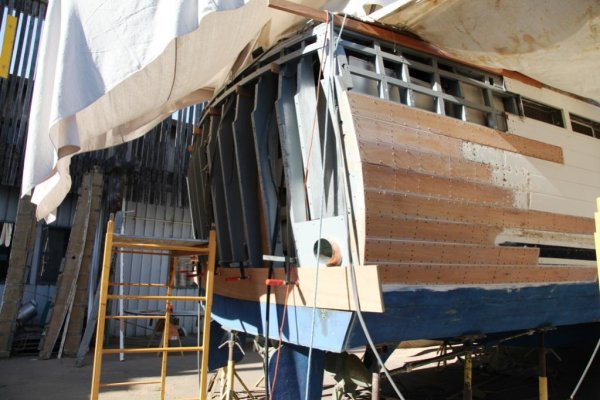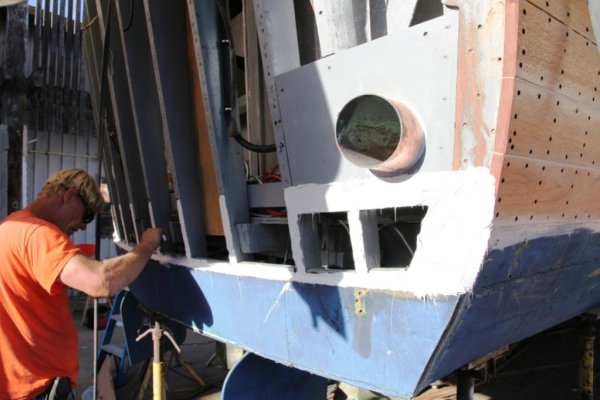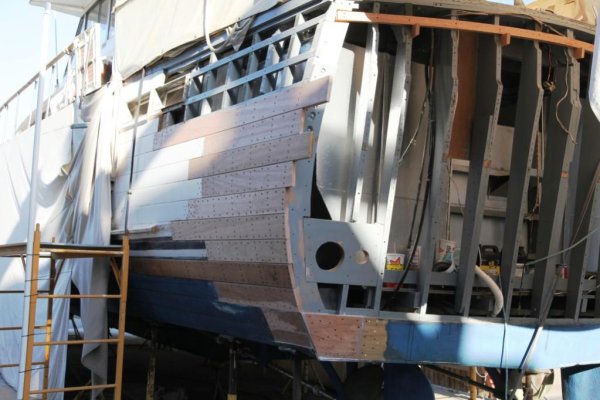Scary
Guru
Silicon Bronze
Boatgm, owner builder of "Carabao"(Tagalog for water buffalo)will be impressed with the Philippines mahogany timber choice(see his post under "Homebuilt").
Sounds like you are on the home run,shaping timber to put her back together.Must be a relief.
Those thousands of screws,are they s/steel, or silicon bronze or ...BruceK[/QUO
Tough couple of days, The silicon bronze screw god decided to test us. On the starboard side of the boat the number ten 1-3/4 screws stopped cooperating. We had been extracting screws with a Grabit extractor which is a combination drill and easy out in one bit. Screws that we had trouble with were easily removed using this nifty tool. Unfortunately the starboard side stopped cooperating and I had to resort to drilling off the heads of the screws and pulling planks over the top off what ever remained of the screw heads. The planks came off in chunks.
these screws were damaged by what looks like electrolysis. I have never seen this before, the screws were pink and the outer layer peeled off like a nut shell. They looked like the zink had been leached out of them. this is really disturbing as this got worse below the water line. I don't have a clew as to what would cause this. If this is a reaction to bottom paint, how and why. This job may have really gotten hateful. We had a hell of a time getting the screws out of the wood on the hull sides, I don't even want to think about fighting these out under the boat. Anybody ever experienced screws being eaten away like this?


